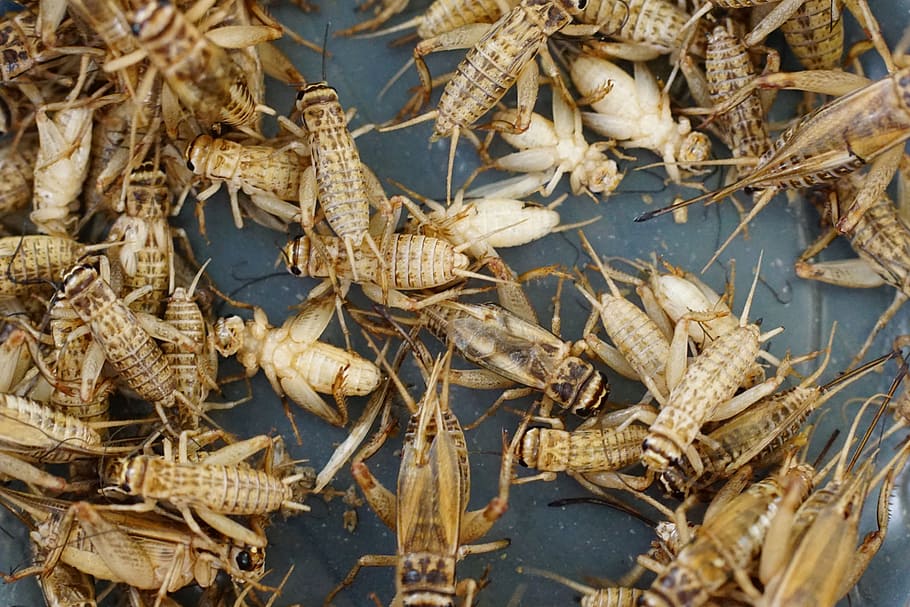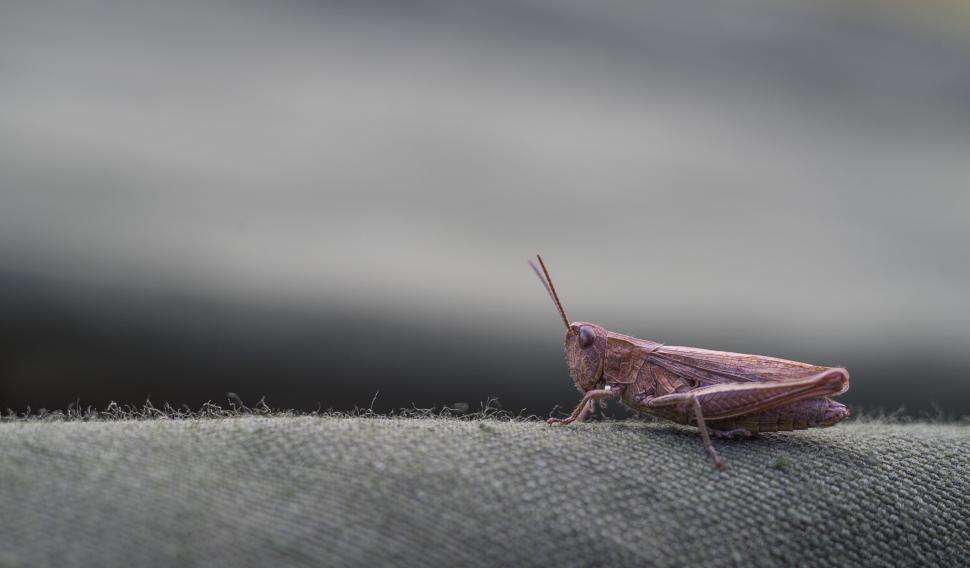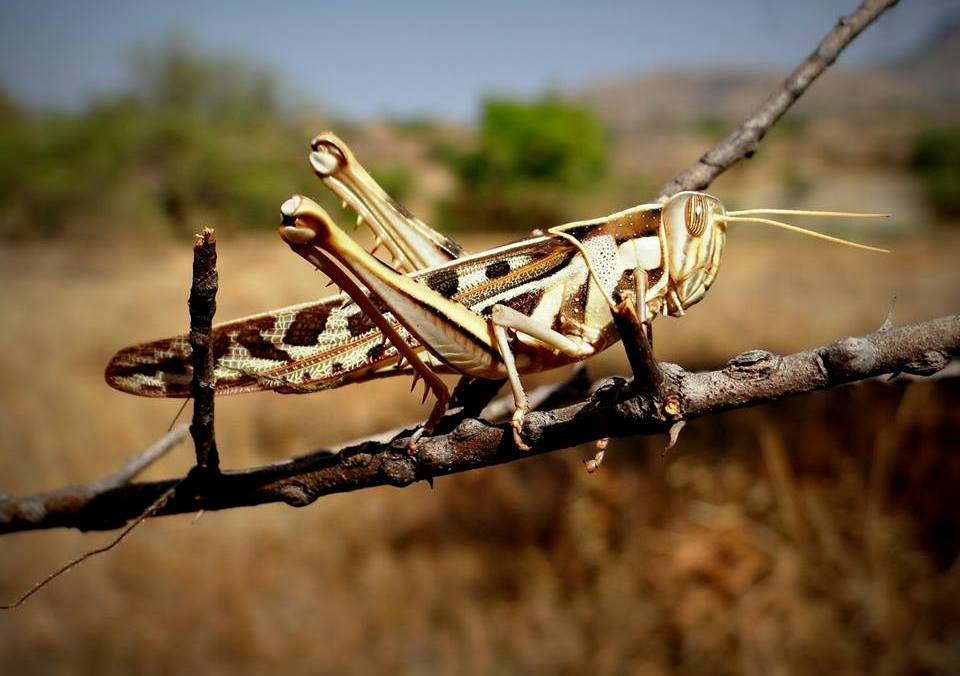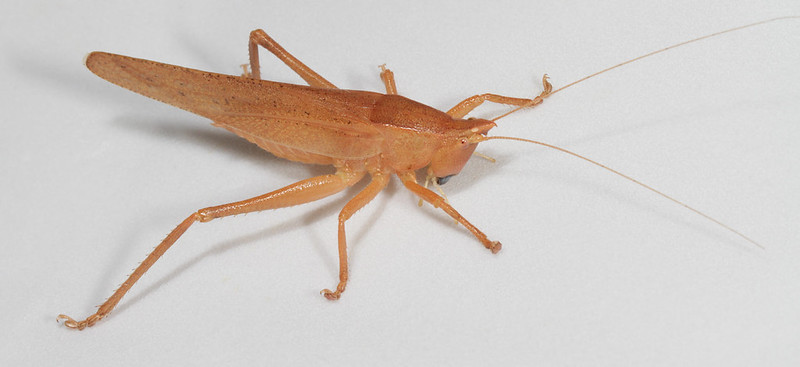The Fascinating Biology of Crickets: From Anatomy to Acoustics
Understanding crickets goes far beyond knowing that they add ambiance to warm evenings with their melodies. Get to know more about cricket biology, anatomy, and acousics.

Understanding crickets goes far beyond knowing that they add ambiance to warm evenings with their melodies. Get to know more about cricket biology, anatomy, and acousics.

Crickets: Their most prominent feature is their chirping, which you’ve undoubtedly heard on warm summer evenings. These tiny creatures also have other intriguing parts of their biology that you might not know about. Some of the secrets you might want to learn about include:
Let’s get started and get to to know about these little musicians of the night.
Have you wondered how crickets produce those enchanting sounds? It’s all about stridulation: This is when male crickets rub their wings together to create the signature sounds that help attract female crickets. It also serves as communication.
While you might not be able to discern between them, crickets actually have a whole repertoire of chirps, and they all have different messages. They use their songs to woo potential partners and to tell rival crickets and other insects to stay back. Different species even have slightly different tones and cadences. The result to our human ears is a nighttime chorus, but they can differentiate between the different frequencies, durations, and pitches.

A cricket often looks like a gray, brown, or black grasshopper. They have narrow heads, a long body, long, folded legs, and prominent eyes and mouths.
The entire body is encased in an exoskeleton, which is molted, or shed, when the cricket grows. Baby crickets will molt six to eight times as they grow into their adult bodies, and this process takes two or three months. You probably won’t find their skins, however, because a lot of this happens underground.
A cricket’s legs are strong, and they allow them to jump, walk, and grasp. If a predator grabs a cricket by a leg, it can release it and continue living without one of the appendages.
Their wings allow them to fly and also to create their music. Baby crickets, called nymphs, don’t have working wings; they are the privilege of making it to cricket-adulthood.
A cricket’s mouth is also unique. The insects are scavengers, so they’ll eat whatever they can find, from fruit, seeds, and fungi to smaller insects and their larvae. Their mouths reflect this versatility; they have strong jaws, an upper lip called a labrum, and segments that help guide different types of food into the mouth. This allows them to clean up their environment based on whatever plant or animal matter is available.
Crickets start off as eggs, which are laid in a nest chosen by the female crickets. These are hidden; they might be buried in the dirt or tucked away in a small area or crevice. The eggs hatch into nymphs, which look like tiny crickets without wings. Over the next weeks and months, they’ll grow rapidly, shedding their exoskeletons as they grow.
After the final molt, the adult cricket emerges, complete with wings. This is when the males start making their telltale music, and when the females are capable of laying fertilized eggs of their own.

Crickets are master courters; the males use a variety of musical performances and motions to captivate a female. Some species have elaborate dances to catch the attention of the females.
Once a male and female mate and the eggs are deposited in a safe nest, male crickets continue to play a fatherly role. They’ll often guard the eggs and will even use their chirps to warn potential rivals and predators to stay away from their offspring.
While most crickets are solitary outside of mating and protecting nymphs, a few species have a more communal lifestyle. They’ll live in groups and will use their body movements and chirps to communicate about food sources and shelter.
You may have noticed that crickets play their songs in harmony. How do they do that? It all comes down to their excellent timekeeping skills, which are related to their circadian rhythms.
These insects are most active at night and they rest during the day. This synchronization helps them avoid predators and helps them find food and mates. This is common in the natural world with various species of not only insects but also reptiles and some mammals.
Crickets respond to the light-dark cycle, and they also respond to the different phases of the moon. Males often adjust the frequency of their chirps based on the moons. This might have to do with their specialized photoreceptor cells, which detect even minute changes in light levels.
You might not have given crickets much thought. After all, you hear them at night when you’re outside, and you hope not to see them in your home. They’re quite complex creatures, however, and worth thinking about when you hear their melodious sounds.

There’s a lot more to crickets than meets the eye (or ear, in this case). Let’s delve into the intriguing world of crickets and uncover some lesser-known facts.

Grasshoppers and crickets are similar insects, but they’re two different species. It can be difficult to tell them apart, but we’ve got the details you need if you want to become more of an expert on the differences between crickets vs grasshoppers.

There are several natural measures you can take to minimize or eliminate a cricket infestation.

Edible crickets: Maybe it’s not what you want to see on your plate, but crickets have a lot of potential in the future of sustainable nutrition.

When it comes down to crickets vs. cockroaches, knowing the difference between these two creatures is the key to keeping your home bug-free.